Jump in the Stream….About Musicality
We talk alot about musicality in bellydance, perhaps because improvisation is such a strong tradition right down to the roots of the style. Like the concept of “stage presence”, musicality can be difficult to define in practical terms. It is interesting to view it through the lens of another dance style, particularly one that is traditionally choreographed. A recent post by one of my new favorite dance bloggers got me thinking.
New dancers spend (or should spend) a considerable amount of time learning to hear and dance properly on the most common rhythms for their style. These will differ for bellydance students learning Egyptian, Greek or Turkish styles for example. Some beginners come to class and find their first challenge just keeping the basic beat, before they even attempt to work with a rhythm pattern.
With time and practice, body beats get steadier and rhythms speak more clearly to the dancer. The next pursuit is to move beyond a simple approach to rhythm and take the music in a more holistic sense… learning “musicality”. Every instructor’s definition of this would be unique in some way. It should be – it’s about personal impressions of the music and how you express them. So I’ll just speak for myself here.
When I am looking to help a student develop their musicality, I want them to be more aware of the larger structures in the music such as the phrasing, verse/chorus arrangements and the rise and fall of energy in the landscape of the piece. Whether improvisationally or through choreography, these can be reflected in floor patterns, scale of movement and repetition of movements for a sense of “theme”.
Musicality also includes attention to the details. The characteristics of the instruments heard up-front , whether they are smooth, vibratory or percussive, should be evident in the movements that occupy the music they make. The flourishes and sudden accents are like exclamations – they are important and interesting and deserve visual representation.
These are just a few of the elements that we tap to develop a better physical connection with our music. It’s a subtle process and one that deepens with time and experience. It’s best learned with music that truly inspires you and that you really love. The best analogy I can give my students is this:
When you dance correctly “on” the music, you are riding in the boat and letting the stream take you at its pace. When you take note of and use the structure, energy, mood and details of the music along with the pace, you are dancing “in” your music and now you are swimming in the stream. It surrounds you and moves you and caresses all of your body.
Wouldn’t you rather swim?
How do you define “musicality”? Leave your thoughts in the comments below.

